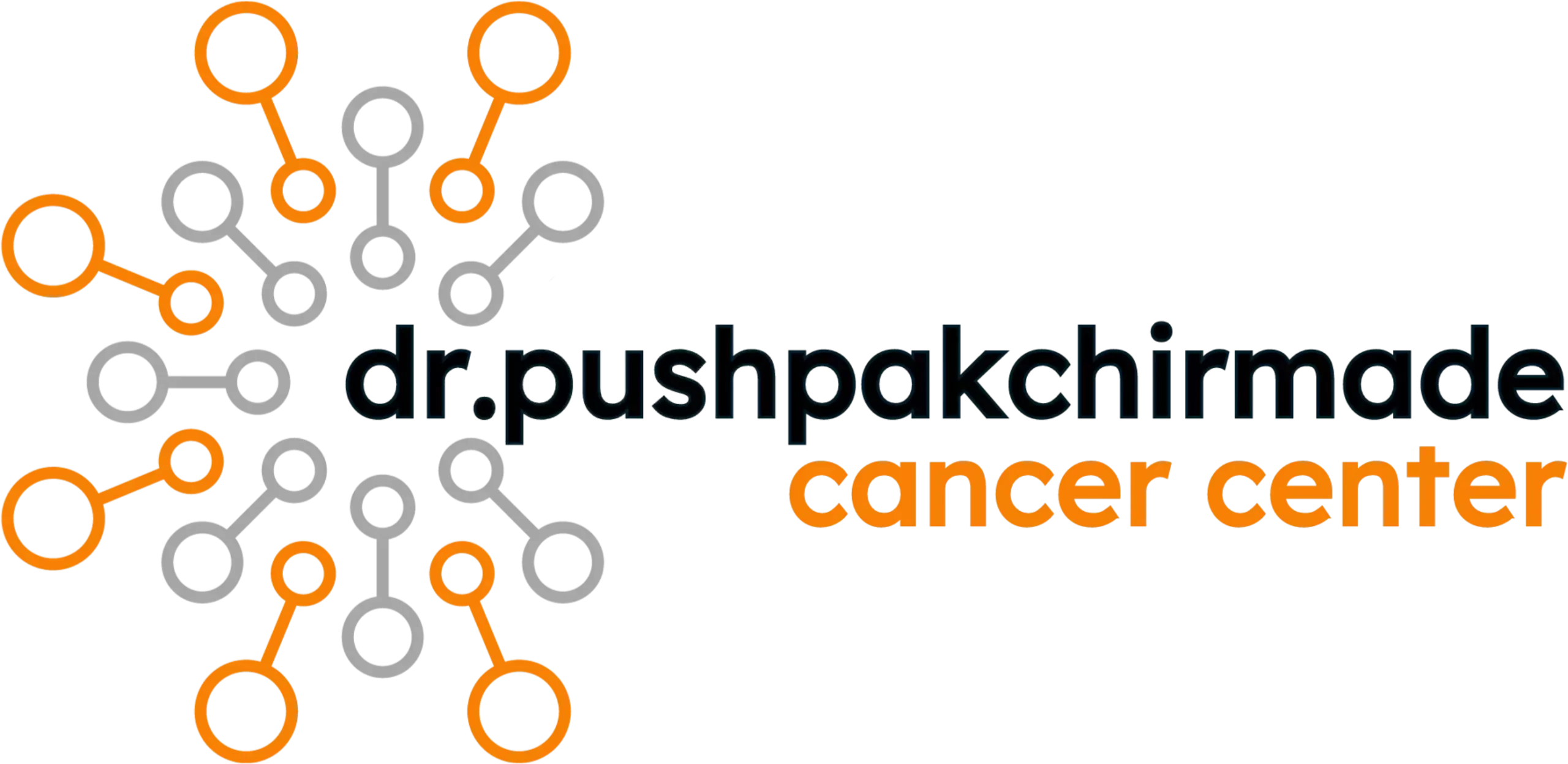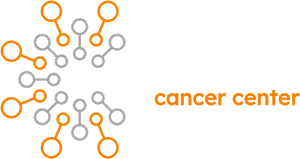When undergoing treatment, particularly chemotherapy, one of the most distressing side effects can be hair loss. This is where Scalp Cooling Treatment steps in as a game-changer. Scalp cooling is a method designed to help patients retain their hair during treatment. In this article, we’ll dive deep into what scalp cooling is, how it works, its benefits, and much more.
Let’s Understanding Scalp Cooling Treatment
Scalp cooling therapy also known as cryotherapy, involves cooling the scalp before, during, and after chemotherapy sessions to prevent hair loss. The primary goal is to minimize the damage that chemotherapy drugs cause to hair follicles.
Historical Background of Scalp Cooling
Scalp cooling is not a new concept. It has been used for several decades, but recent technological advancements have made it more effective and accessible. Initially, patients used ice packs, but modern systems are more sophisticated and efficient.
How Scalp Cooling Therapy Works
Scalp cooling works by narrowing the blood vessels beneath the scalp, reducing the amount of chemotherapy drug that reaches the hair follicles. This helps to protect the follicles from damage, thereby reducing hair loss. Also, the application of pneumatic compression mechanically reduces blood flow to hair follicles protecting them.
Types of Scalp Cooling Systems
There are two main types of cooling scalp treatment: manual and automated. Manual systems typically involve cold caps that need to be replaced regularly during treatment and hence are ineffective, while automated systems use a machine to circulate coolant through a cap continuously and also apply pneumatic compression to reduce blood flow to the scalp.
Benefits of Scalp Cooling
Hair Retention: The most obvious benefit of scalp cooling is hair retention. Many patients find that they can keep most, if not all, of their hair, which can significantly impact their self-esteem and quality of life.
Psychological Benefits: Hair loss can be a visible reminder of illness, and retaining hair can help patients maintain a sense of normalcy and privacy. This psychological benefit is just as important as the physical benefit.
Effectiveness of Scalp Cooling
The effectiveness of scalp cooling varies, with success rates ranging from 50% to 80%. Factors such as the type of chemotherapy drug, dosage, and individual patient characteristics can influence these rates.
Several factors can affect the success of scalp cooling, including the type and stage of cancer, the specific chemotherapy regimen, and the patient’s hair type and thickness.
Who Can Benefit from Scalp Cooling?
Scalp cooling is most beneficial for patients undergoing chemotherapy treatments that are known to cause hair loss. It is also ideal for those who are particularly concerned about the psychological impact of hair loss.
The Scalp Cooling Process and Preparation Before Treatment
Before starting scalp cooling, patients typically need to wet their hair, which helps to achieve better cooling. Some systems may also require the application of a conditioner to prevent hair from freezing to the cap.
During Treatment Procedures of Scalp Cooling
During the chemotherapy session, the cooling cap is worn for a period before, during, and after the treatment. This can be uncomfortable initially as the scalp adjusts to the cold.
Post-Treatment Care
After the session, patients should follow specific care instructions to maximize the benefits of scalp cooling. This includes gentle hair care practices and avoiding heat styling tools.
Types of Scalp Cooling Systems
Scalp Cooling and Chemotherapy
By reducing the amount of chemotherapy drug that reaches the hair follicles, scalp cooling can significantly decrease the likelihood of hair loss, making the treatment process less traumatic for patients.
Common Chemotherapy Drugs Compatible with Scalp Cooling
Not all chemotherapy drugs are suitable for use with scalp cooling. However, many commonly used drugs, such as Taxanes and Anthracyclines, are compatible and can benefit from the cooling process.
Common Side Effects
Common side effects of scalp cooling include headaches, a feeling of coldness, and discomfort. These symptoms are usually temporary and subside once the cooling session ends.
How to Manage Side Effects
To manage side effects, patients can take over-the-counter pain relief, use warm blankets, and engage in relaxation techniques. It’s essential to communicate any severe discomfort to the healthcare team.
Scalp Cooling Myths
There are several myths surrounding scalp cooling, such as it being painful or completely ineffective. In reality, while there can be some discomfort, most patients tolerate it well, and many experience significant hair retention.
Cost Considerations
The cost of scalp cooling can vary depending on the system used and the length of treatment. It’s essential to consider these costs and explore financial options.
Insurance Coverage and Financial Aid
Some insurance plans may cover the cost of scalp cooling, but this is not always the case. Patients should check with their insurance providers and explore financial aid programs to help offset costs.
Conclusion
Scalp cooling represents a significant advancement in the supportive care of chemotherapy patients. By helping to prevent hair loss, it offers both physical and psychological benefits that can make a challenging treatment process more bearable. While it may not be suitable for everyone, those who can use scalp cooling often find it to be a valuable tool in maintaining their quality of life during treatment.
FAQs
What is scalp cooling?
Scalp cooling is a method used during chemotherapy to reduce hair loss by cooling the scalp, which helps to protect hair follicles from the damaging effects of chemotherapy drugs.
How long does a scalp cooling session last?
A scalp cooling session typically lasts for the duration of the chemotherapy treatment, plus additional time before and after the session to ensure effective cooling.
Is scalp cooling painful?
While scalp cooling can cause some discomfort due to the cold temperature, most patients find it manageable. Any discomfort usually subsides once the scalp adjusts to the temperature.
Can anyone use scalp cooling?
Not everyone can use scalp cooling. It’s most effective for patients undergoing certain types of chemotherapy and may not be suitable for those with specific medical conditions. Always consult with a healthcare provider.
How effective is scalp cooling?
The effectiveness of scalp cooling varies but generally ranges from 50% to 80%. Success depends on factors such as the type of chemotherapy drug, dosage, and individual patient characteristics.


